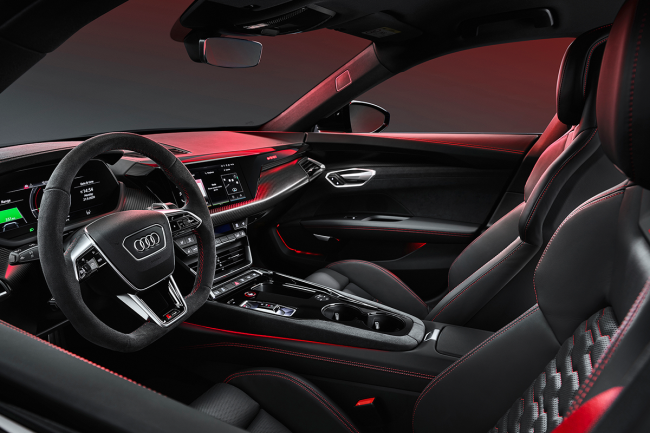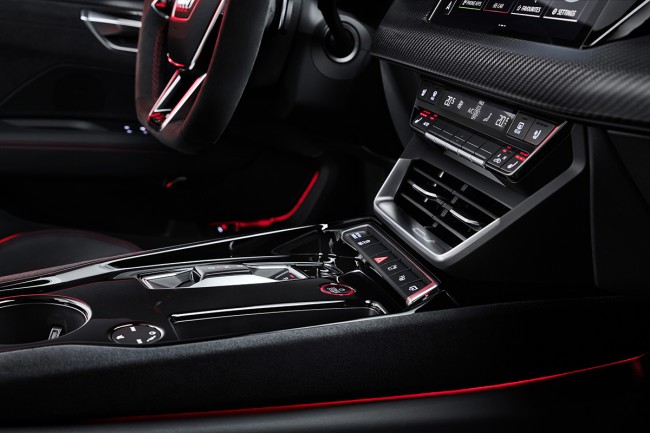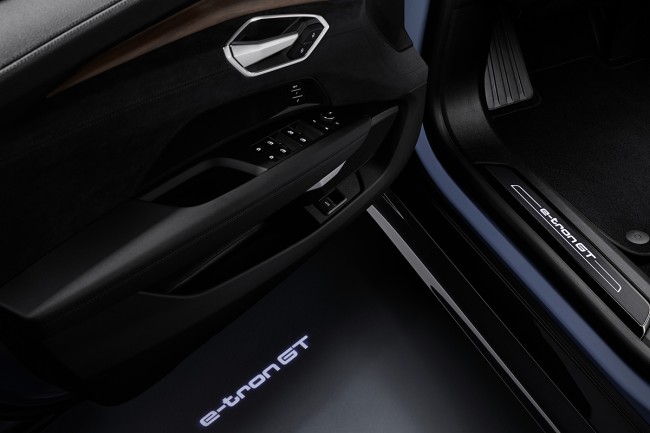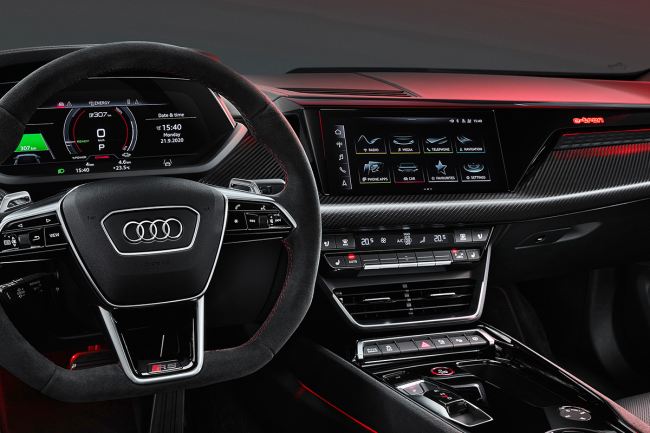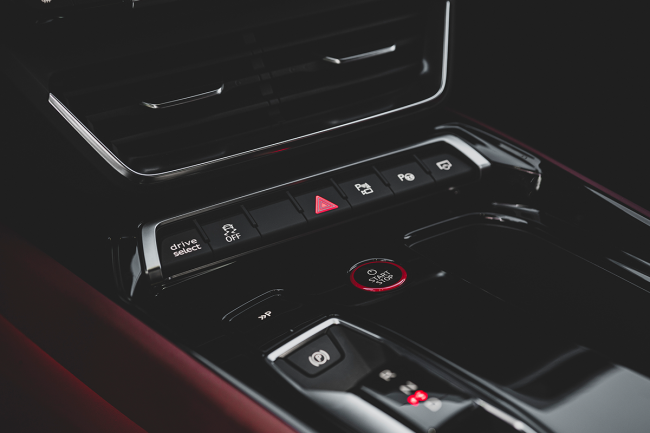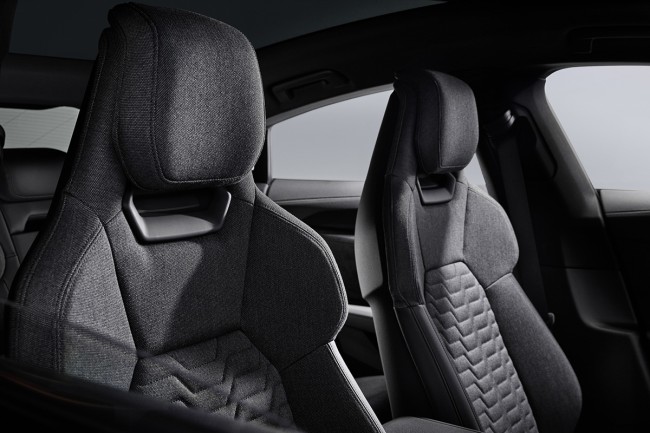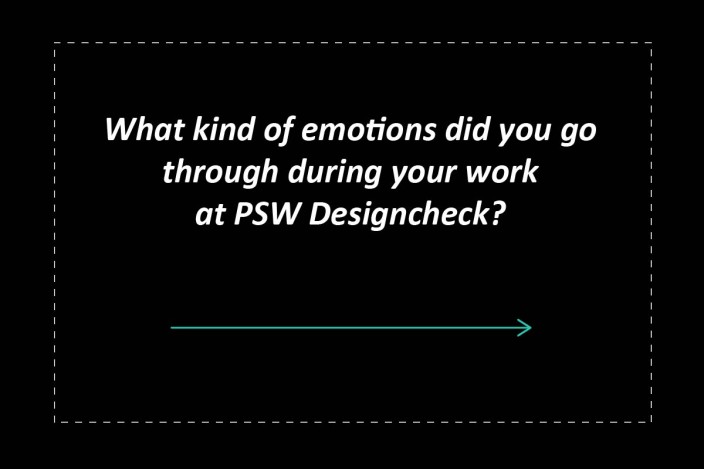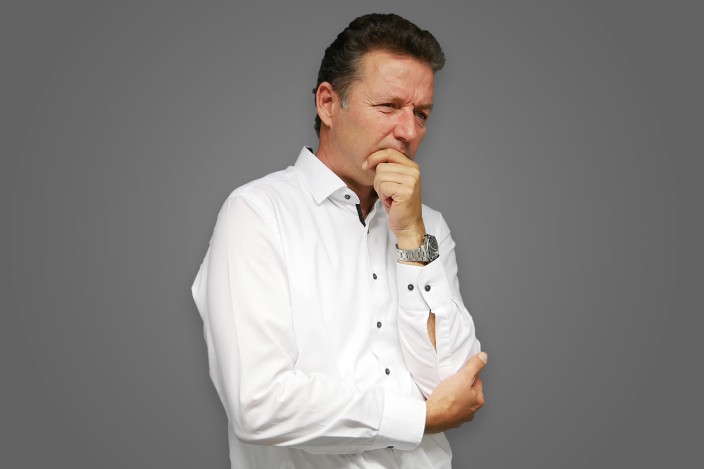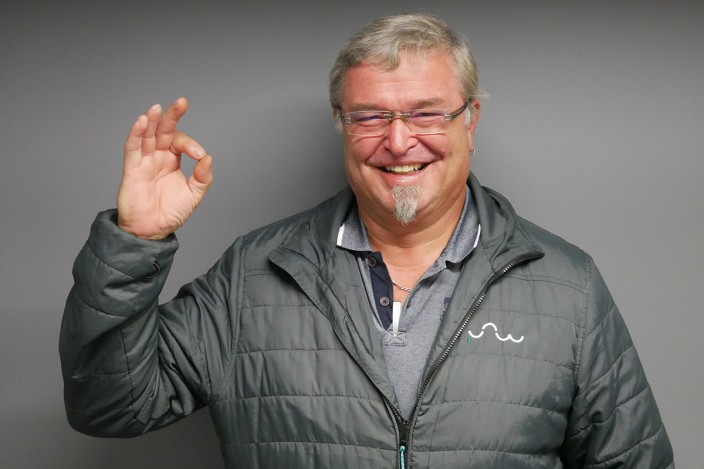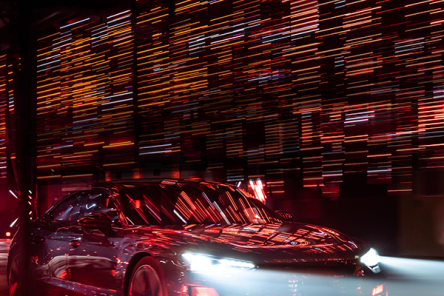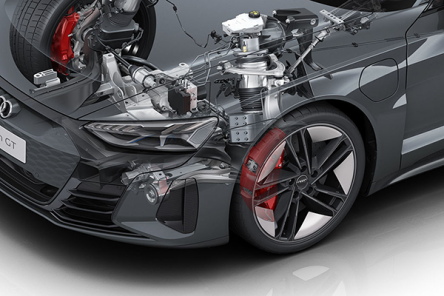The Audi e-tron GT design check – a new challenge for PSW?
TILO SCHIESTERL: It was at least a new task for us. Up until now, vehicles we develop undergo a design check carried out by Audi – in the case of the Audi e-tron GT, we did the design check ourselves for the first time. In basic terms, this is a physical vehicle structure, and is initially shown in prototype form. It is continuously updated with the corresponding versions from series vehicle development. This is done to test functionalities, check panel gaps, check installation sequences or customer service accessibility and a whole lot more. You have to do this live on the hardware. Moreover, our structure was electrified: in addition to the physical mock-up, we were also able to operate equipment and light the vehicle, for example, to depict ambient light and the night-time design. Electrification is also important to get a feel for the infotainment system.
